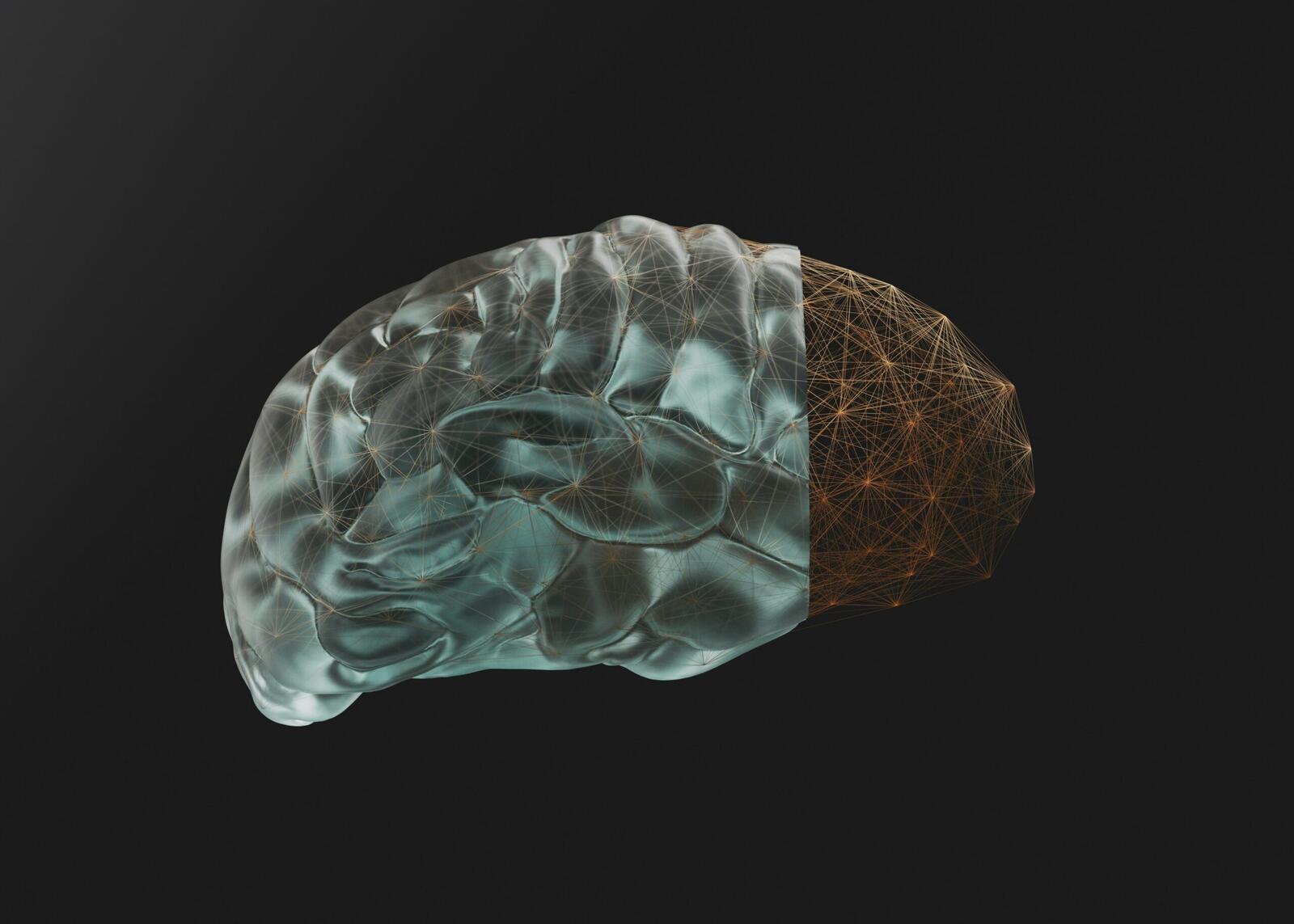Musk’s Neuralink carried out a new trial with a third volunteer. Musk talked about this during a gathering in Las Vegas, where he confirmed that all implanted devices have shown positive results so far. He did not share identity or personal details of the newest participant.
The second volunteer had surgery last summer after a spinal cord injury. According to Musk, this participant can operate video games and carry out three-dimensional design tasks using only thoughts. The first volunteer, also paralysed, described how the device improved day-to-day tasks like browsing the web and playing chess comfortably.
Each person’s implant features new updates that solve earlier difficulties. Musk mentioned an increase in the number of electrodes, stronger data capacity, and longer battery life. These upgrades seek to refine performance and reduce downtime, which could encourage greater independence for individuals with movement challenges stemming from serious injuries today.
Why Does Neuralink Want To Pursue More Implants This Year?
Musk announced plans to further trials with 20 to 30 more surgeries. The device, shaped like a small coin, is implanted beneath the skull through a robotic process. Fine wires make contact with the brain, allowing individuals to send signals that direct electronic devices, all without traditional inputs like keyboards.
Brain-computer interfaces have long been studied for their possibility to improve life for those with serious conditions. Researchers suggest that connecting neural activity to computers may help people regain movement or communicate easily. Volunteers who cannot operate standard tools might eventually benefit from this technology’s progress in the coming years.
Musk noted that new features were added after the first volunteer received the implant. These changes include a larger group of electrodes and improved power storage. Researchers intend to fine-tune these aspects as they carry on with more procedures. The plan is to assist those with severe nerve injuries worldwide.
More from News
- How Meta Is Helping The UK Government With Public Services
- Recent Studies Show The Mental Health Risks Of AI Therapy Choices
- How Did A Fake AI-Generated Band Fool Thousands Of Listeners?
- What Influences Bitcoin Prices And Fluctuations?
- World’s First AI Chef To Come This September. Here’s How It Works
- Microsoft Who? Nvidia Has Officially Become the First Company to Surpass a $4 Trillion Market Cap
- Are AI Startups Investing In Teachers Learning AI A Good Move For Education?
- Can a Robot Really Perform Surgery Without Human Help?
Which Other Groups Conduct Similar Work?
Many other organisations and labs are researching brain-computer interfaces for conditions such as ALS and paralysis. A database in the United States lists over 45 investigations on this subject, reflecting a wide interest across medicine and engineering. Many experts believe that the capacity to interpret brain signals will improve treatment possibilities.
Companies such as Synchron, Blackrock Neurotech, and Onward Medical are trialing methods that record and stimulate neural signals. Some choose less invasive insertion methods, while others combine recording with stimulation to produce movement in paralysed limbs.
Scientists at the University of Washington have shown that people can steer cursors on screens through signals recorded from the brain. Some experts note that Neuralink’s design relies on threads that may pick up more information than stiff alternatives. The benefits of this method will become clearer after long-term testing.
What Do Medical Experts Predict for Those Who Are Paralysed?
Specialists at the Christopher & Dana Reeve Foundation find these experiments hopeful for individuals with limited movement. They believe that it is early, and questions about safety and practicality still stand. Their goal is to back research groups that push the frontiers in this area, though they have not funded Neuralink.
Neuralink states it has approval to test the device under a special exemption from regulators in the United States. This clearance indicates a higher level of risk than simpler medical devices, so data collection must follow strict guidelines. Results will determine if the brain implant meets safety requirements for distribution.
Some believe that Neuralink could soon start working on restoring sight through a concept known as Blindsight. Musk mentioned a plan to work with the visual cortex, creating patches of light for those who have lost vision. Experts hope this method will progress enough to assist individuals who lack other solutions.



